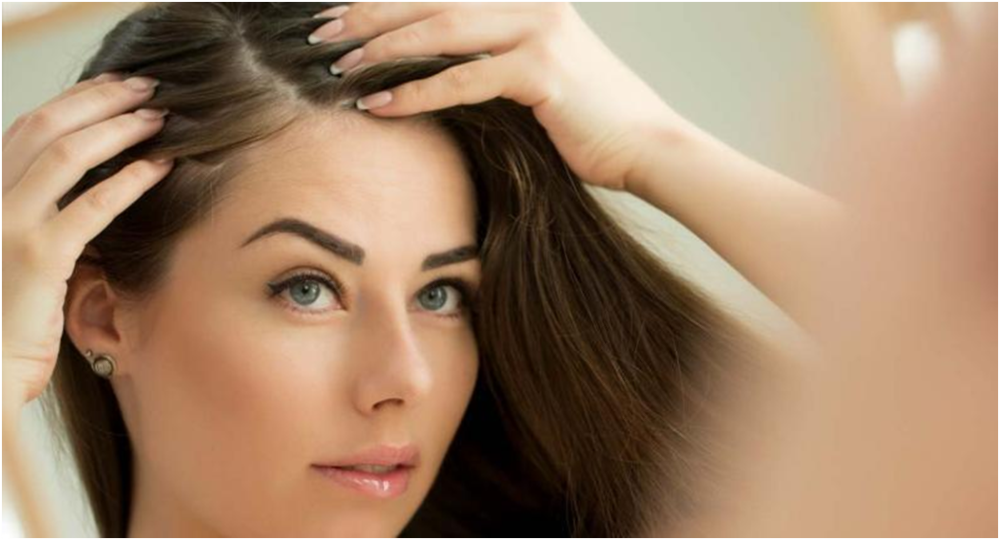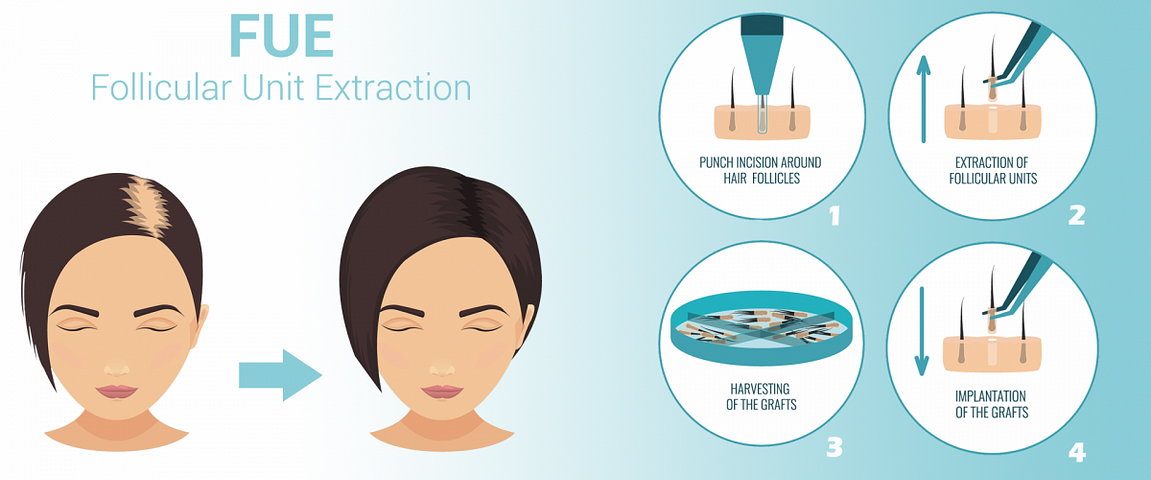Hair loss in women can occur due to various reasons such as genetic predisposition, stress, hormonal imbalances, and poor nutrition. This condition significantly affects not only a woman’s physical appearance but also her psychological well-being. Especially the widening of the forehead or the thinning of hair may cause women to feel inadequate, socially excluded, and lead to a loss of self-confidence. Hair transplantation in women is one of the modern and advanced medical treatments that offers a permanent and natural solution to this problem.
What Is Hair Transplantation in Women?
Although male pattern hair loss is often normalized in society, hair loss in women can lead to serious aesthetic and psychological consequences. Women often try to conceal this condition using accessories like wigs, headbands, or hats, but these methods are temporary and superficial. Hair is not only an aesthetic element for women, but also a fundamental part of their identity and personal confidence.

Hair transplantation in women is a natural and permanent treatment approach, applied using non-surgical methods under local anesthesia and customized to the individual. Thanks to comfortable techniques such as unshaven hair transplantation, the process becomes easier both aesthetically and psychologically.
Is Hair Transplantation in Women Different from Men?
Yes, it differs in many ways. The most notable difference is that the unshaven hair transplant technique is commonly used in women. Since women prefer to avoid a bald appearance during the process, only the donor area is shaved while the rest of the hair remains untouched. Moreover, since the facial structure, hairline, and forehead ratio in women differ from men, hair transplant planning is tailored accordingly to meet aesthetic proportions.
Unshaven Hair Transplant: A Special Method for Women
Unshaven hair transplantation is a procedure designed to minimize aesthetic concerns for women. In this method, only the donor area is shaved while the long hair in the recipient area remains intact. This allows women to undergo the procedure without being exposed to a visibly shaved scalp.
Hair Transplantation Prices for Women
Hair transplant prices for women vary depending on several factors:
| Criteria | Description |
|---|---|
| Technique Used | FUE, DHI, or unshaven hair transplant method |
| Transplant Area | Hairline, crown, temple areas, etc. |
| Number of Grafts | How many grafts will be transferred |
| Doctor’s Experience | Impact of specialization and expertise |
| Clinical Infrastructure | Technology used and overall comfort |
Correct pricing requires a personalized consultation. After an evaluation at our clinic, the most suitable method and pricing information will be provided.
How Is Hair Transplantation Performed in Women?
Hair transplantation in women is most commonly performed using the FUE (Follicular Unit Extraction) technique. The steps are as follows:
- Hair Analysis and Planning: The type of hair loss is identified, and the donor area is selected.
- Donor Area Preparation: Healthy hair follicles are typically harvested from the nape of the neck.
- Harvesting the Follicles: Hair follicles are extracted using a micromotor.
- Opening Channels: Microchannels are opened in the recipient area according to the natural direction of hair growth.
- Implanting the Grafts: The collected hair follicles are carefully placed into the designated area.
The procedure takes approximately 6–8 hours. The number of sessions may vary depending on the patient’s needs.
Conditions Required for Hair Transplantation in Women
- Must be at least 18 years old
- No infections, open wounds, or eczema on the scalp
- Not currently pregnant or breastfeeding
- No severe chronic illnesses or allergic reactions
- Anticoagulant medications must be regulated or discontinued if necessary

Things to Consider After Hair Transplantation
- Avoid touching the area during the first 7–10 days, and do not pick at the scabs.
- Take care to avoid any impact to the head.
- Stay away from chemical-based cosmetic products.
- Refrain from heavy physical exercise during the first month.
Can Hair Be Dyed After Hair Transplantation in Women?
Yes, but only after complete healing of the transplanted area. This typically takes about 2–3 months. After that, hair dyeing, blow-drying, and curling can be done safely.
Advantages of Hair Transplantation in Women
- Provides permanent, natural, and aesthetic results
- Allows quick return to social life with the unshaven technique
- Hairline and facial proportions can be designed according to aesthetic norms
- Boosts self-confidence and supports psychological recovery
Forehead Reduction in Women and Before-After Effects
Forehead reduction is a hair transplantation application aimed at permanently correcting the appearance of a broad forehead that affects the overall aesthetic. This procedure lowers the hairline to achieve ideal facial proportions.
| Condition | Before Application | After Application |
|---|---|---|
| Forehead Width | Unbalanced facial proportions, receded hairline | More balanced face, aesthetic hairline |
| Sparse Hair | Gaps and loss of volume in the area | Fuller, natural-looking density and thickness |
![dr.leyla-arvas-800×1000.jpg[1] dr.leyla arvas](https://www.quartz.com.tr/wp-content/uploads/2024/11/dr.leyla-arvas-800x1000.jpg1_.webp)
Author : Op. Dr Leyla ARVAS
Dr Leyla Arvas is an internationally recognised specialist in aesthetic surgery based in Istanbul. Graduated in 1998 from Istanbul University Faculty of Medicine, she has developed her expertise by studying in Taiwan, Japan and Spain during her 20 years of experience.
This article April 13, 2025 was updated on
Editor: admin@quartz.com.tr


